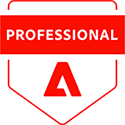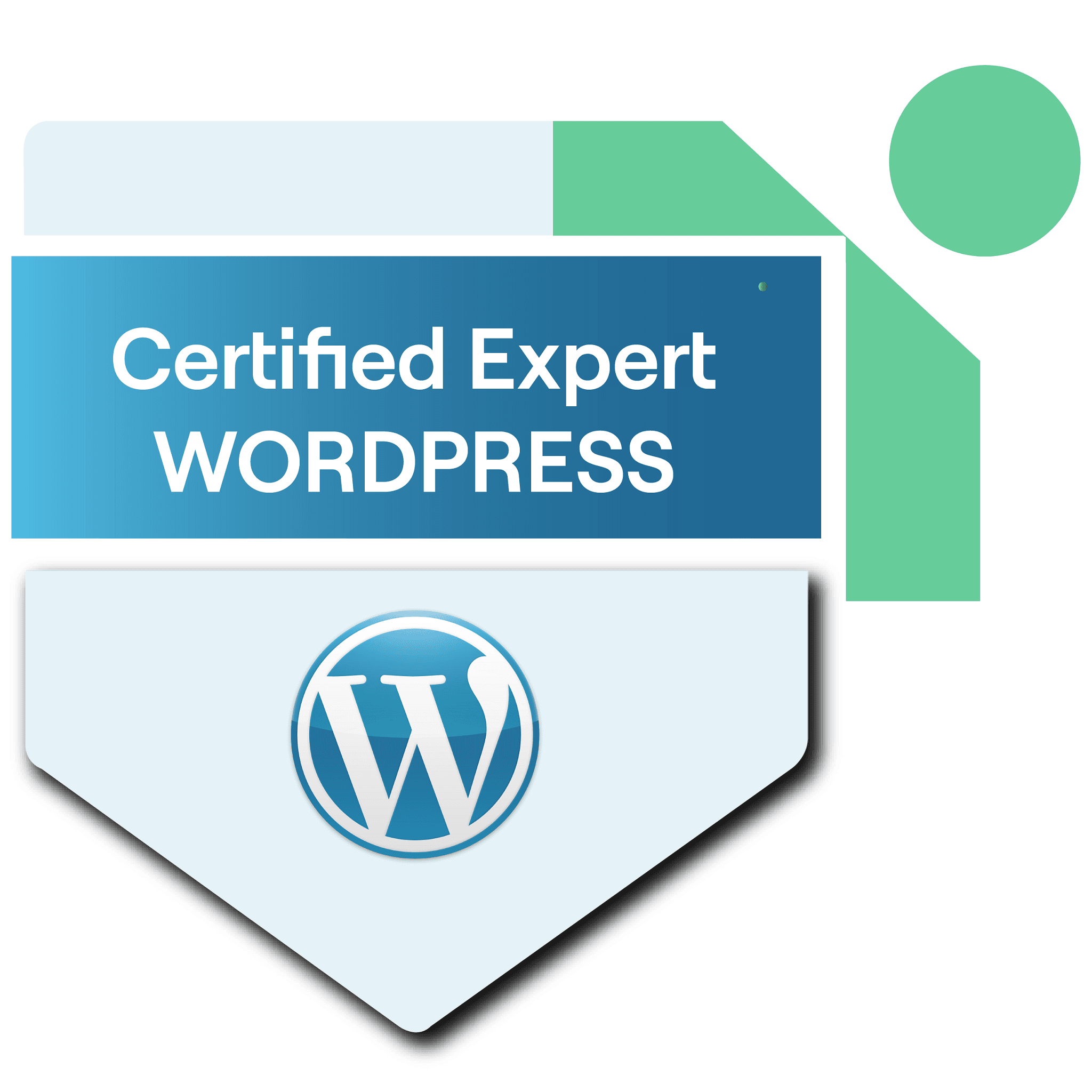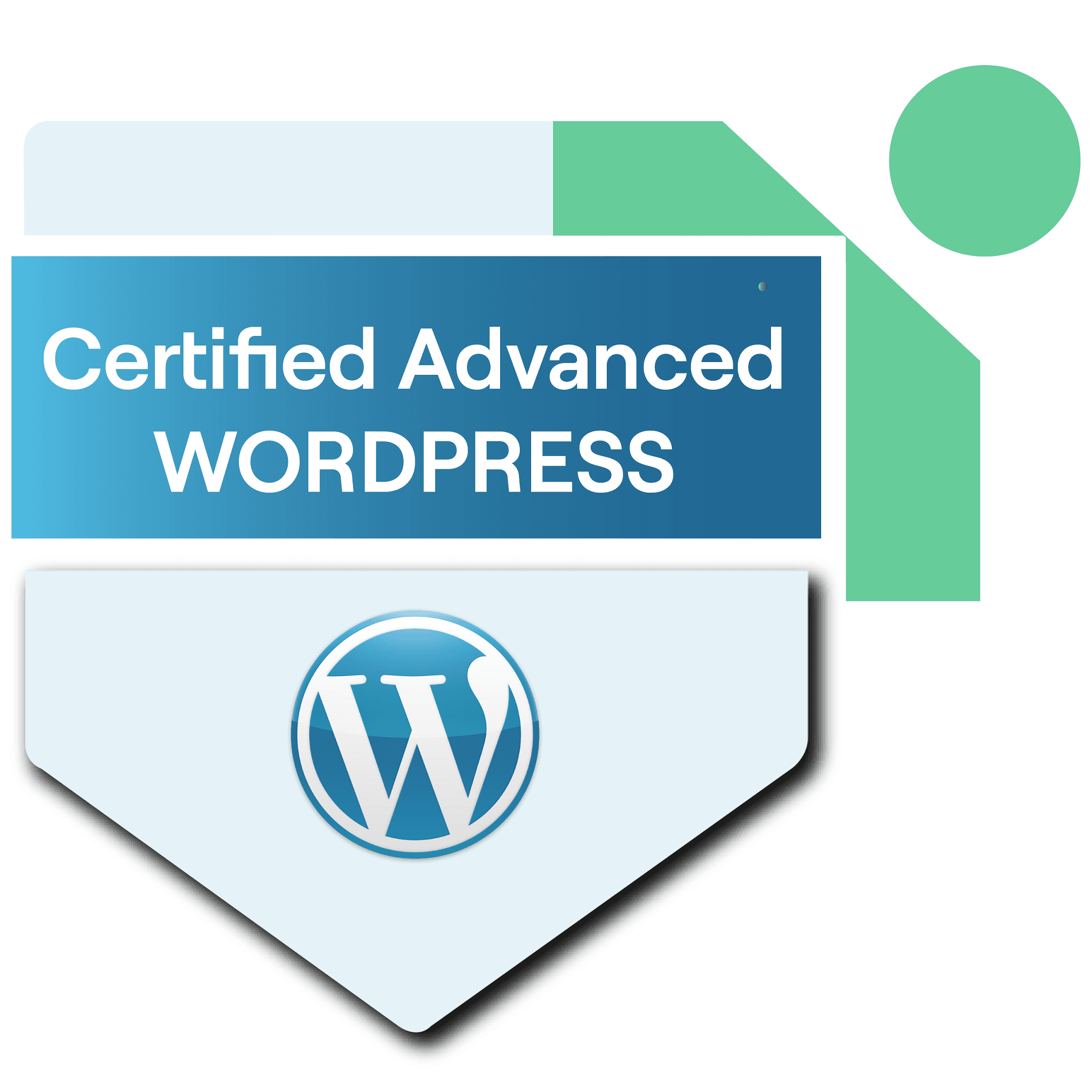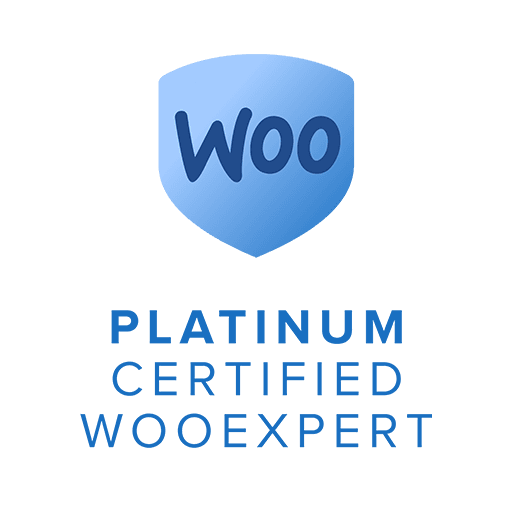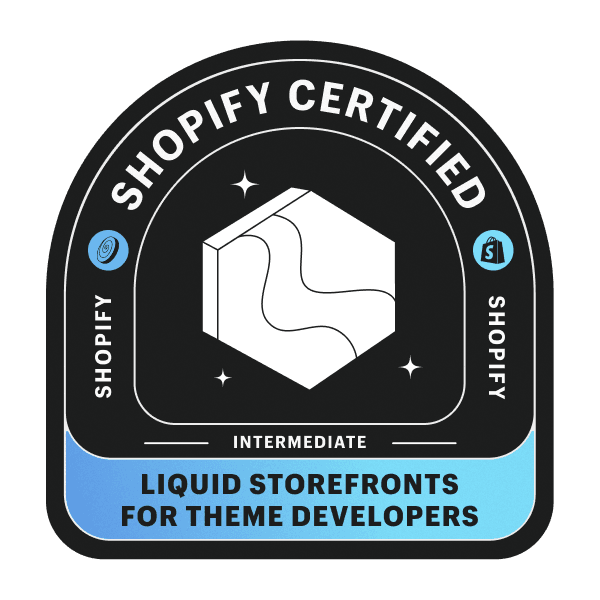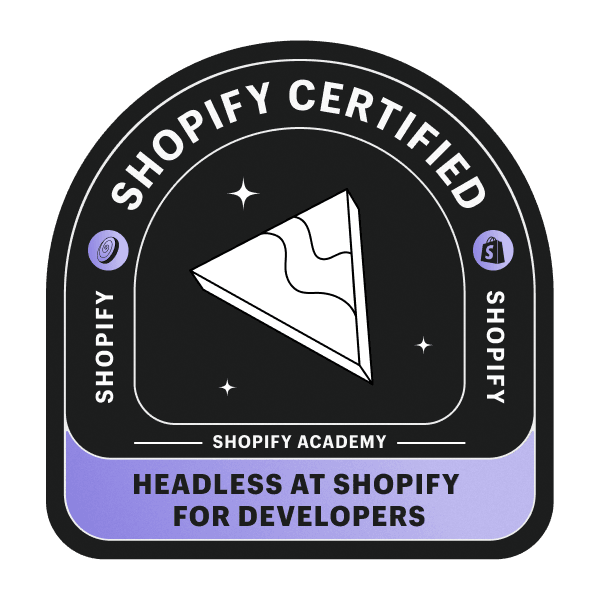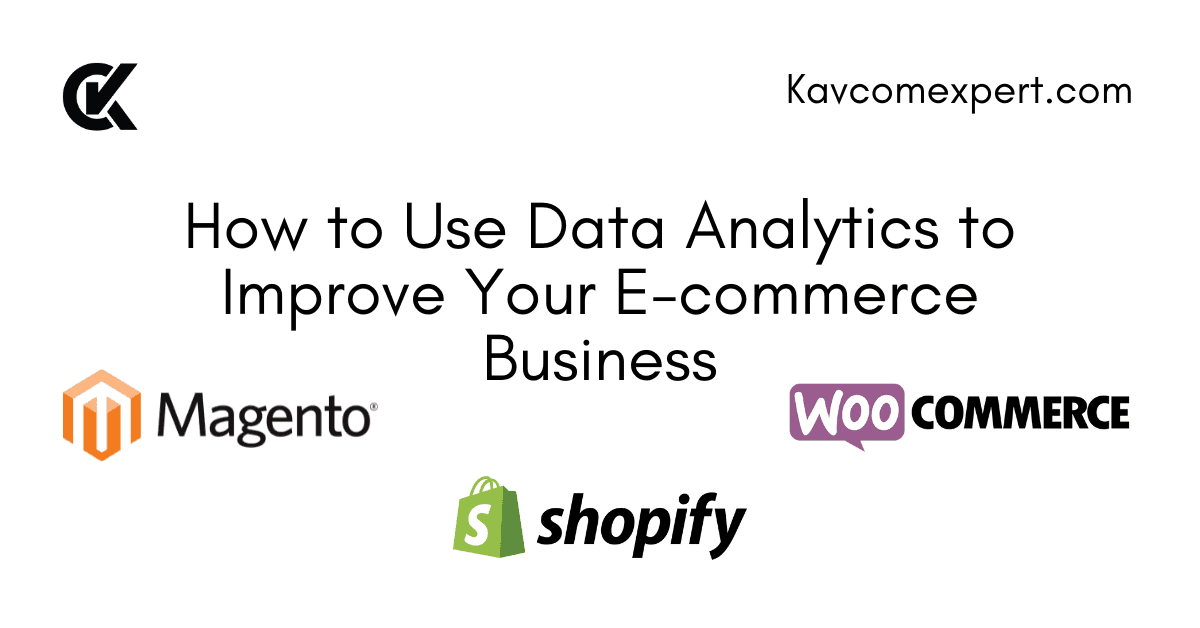In the competitive world of e-commerce, on-page SEO is more critical than ever to ensure your online store ranks highly in search engines and attracts valuable traffic. Optimizing your e-commerce website’s on-page elements can directly impact your store’s visibility, drive more organic traffic, and boost conversions. Here’s a breakdown of why on-page SEO matters and the best practices to follow in 2024.
1. Optimizing Product Pages for Search Engines
- Unique Product Descriptions: Avoid using manufacturer descriptions or duplicating content across product pages. Create unique, keyword-rich descriptions that highlight product features and benefits.
- Keyword Research: Use tools like Google Keyword Planner, Ahrefs, or SEMrush to find relevant keywords with high search volumes. Incorporate these naturally into your product titles, descriptions, and headings.
- Long-Tail Keywords: Target specific, long-tail keywords that match buyer intent. These are often less competitive and can attract more qualified leads.
- Optimized Meta Tags: Ensure each product page has unique and optimized meta titles and descriptions. Include primary keywords and focus on crafting compelling, clickable copy.
2. Optimizing URL Structures
- Short and Descriptive URLs: Use clean, descriptive URLs that include keywords and are easy to read for both users and search engines. Avoid long strings of numbers or special characters.
- URL Hierarchy: Organize your URLs logically. For example, use a structure like
yourstore.com/category/product-nameto improve navigation and SEO.
3. Mobile Optimization
- Mobile-Friendly Design: With mobile commerce continuing to grow, ensure your website is fully responsive and delivers a seamless shopping experience on all devices.
- Fast Loading Times: Mobile users expect fast load times. Compress images, leverage browser caching, and use a CDN to ensure your site loads quickly on mobile.
4. Using Structured Data (Schema Markup)
- Rich Snippets: Implement structured data (schema markup) to help search engines understand your content better. For e-commerce, product schema can display important information like prices, stock availability, and customer ratings directly in search results.
- Product Reviews and Ratings: Displaying reviews in rich snippets can significantly improve click-through rates, as users are more likely to trust stores with visible feedback.
5. Image Optimization
- Alt Text for Images: Optimize all product images by including descriptive alt text that incorporates relevant keywords. This not only improves accessibility but also helps your images rank in image searches.
- Compressed Image Files: Large images can slow down your site. Use image compression tools to reduce file sizes without sacrificing quality.
6. Internal Linking Strategy
- Linking to Related Products: Boost user engagement and help search engines crawl your site more effectively by linking related products together. This keeps visitors on your site longer and increases the chances of conversion.
- Category and Subcategory Links: Ensure your categories and subcategories are interlinked logically to improve navigation for users and search engines alike.
7. Page Speed Optimization
- Minimize HTTP Requests: Reduce the number of elements on each page to speed up load times. Fewer images, scripts, and CSS files mean faster pages.
- Enable Browser Caching: Allow browsers to store copies of your site’s files to improve load times for returning visitors.
- Use a CDN: A Content Delivery Network (CDN) can significantly reduce latency by serving content from a network of global servers, ensuring quicker load times for users regardless of their location.
8. Enhancing User Experience (UX)
- Easy Navigation: Simplify your store’s navigation to ensure users can find products easily. Clear category menus, search bars, and filters are essential.
- Clear Call-to-Actions (CTAs): Every page should have strong, visible CTAs that guide users toward making a purchase, signing up, or learning more.
- Engaging Content: Include detailed product descriptions, customer reviews, high-quality images, and videos to engage visitors and reduce bounce rates.
9. On-Page SEO for Blog Content
- Content Marketing: Regularly updating your blog with relevant, informative content can drive more traffic to your store. Write about product guides, how-tos, and industry trends to capture search queries from potential customers.
- Internal Linking to Products: When writing blog content, link back to relevant products to encourage conversions while improving SEO through internal links.
10. Security and Trust Signals
- SSL Certificates: Google prioritizes secure websites, and customers want to shop on secure platforms. Ensure your e-commerce site is SSL certified to protect customer data and boost rankings.
- Trust Badges: Display trust badges and secure payment icons to instill confidence in customers, especially at checkout.
11. Monitor and Measure SEO Performance
- Google Search Console: Use Google Search Console to track how your pages are performing in search results and monitor for any errors that could affect your SEO.
- Analytics: Regularly review your website’s analytics to identify which pages are driving traffic and which may need improvement.
On-page SEO is an essential aspect of any successful e-commerce strategy in 2024. By implementing these best practices, you’ll improve your store’s visibility, attract more qualified traffic, and create a smoother user experience—all of which can lead to higher conversion rates. Stay ahead of your competitors by focusing on SEO fundamentals while adapting to new trends and technologies.



